Mekong River Basin Restoration
100,000
ha being restored
25,000
ha being restored
200,000
ha being restored
40,000
ha being restored
Project Summary
- Biodiversity
- ·
- Capacity development
- ·
- Reforestation
- ·
- Training
- ·
- Wetland restoration
Challenge
The Mekong River Basin region faces significant pressures from dam construction, habitat degradation, overfishing, and climate change, which threaten both its ecological integrity and the livelihoods it sustains. By focusing restoration efforts in this critical area, the project aims to reverse environmental degradation, support biodiversity, and enhance the resilience of communities that depend on the Mekong for their survival.
Activities
Wetland Restoration
This programme draws on proven strategies from global river restoration efforts that integrate flood control with ecological recovery. In the Mekong, this includes reintroducing seasonal flooding to rejuvenate wetlands, improve sediment flow for soil fertility, and restore floodplain health. Wetland restoration efforts will revive flooded forests and marshlands, creating crucial habitats for native fish, waterbirds, and migratory species, while acting as natural water filters to enhance ecosystem resilience. By reconnecting rivers with their floodplains, the programme seeks to restore the natural processes that sustain the basin’s rich biodiversity.
A key element is the reintroduction of native species lost due to environmental degradation. Combined with habitat restoration, this will replenish fish stocks, stabilize ecosystems, and support biodiversity recovery. These efforts will also open opportunities for ecotourism, generating sustainable livelihoods. Community involvement is integral, with local knowledge and participation central to the protection and management of reintroduced species.
Community Development
The programme prioritizes sustainable development through regenerative agriculture, fisheries management, and ecotourism. Initiatives like rice-fish farming and agroecological practices promote soil health, reduce reliance on chemical inputs, and diversify income for farming households. Thoughtfully managed ecotourism, focusing on the Mekong’s biodiversity and cultural heritage, offers additional economic opportunities, fostering community stewardship and resilience.
Long-term Impact
The Mekong River Basin Restoration Programme seeks to restore ecological balance, enhance sustainable livelihoods, and build local resilience. By investing in the health of the river and the prosperity of its communities, the programme aims to secure a thriving future for one of Asia’s most vital ecosystems, benefiting both people and wildlife for generations to come.



